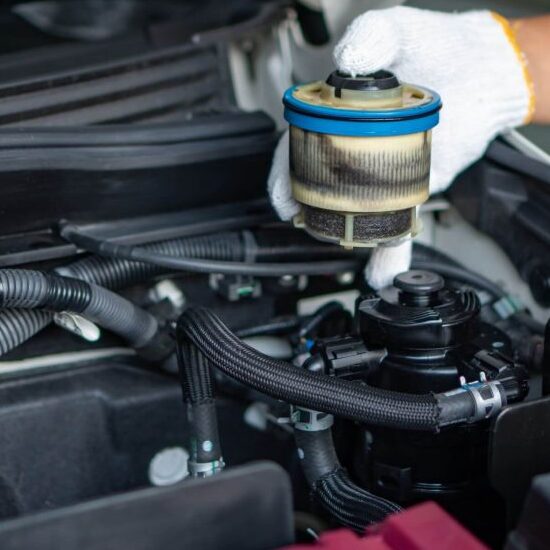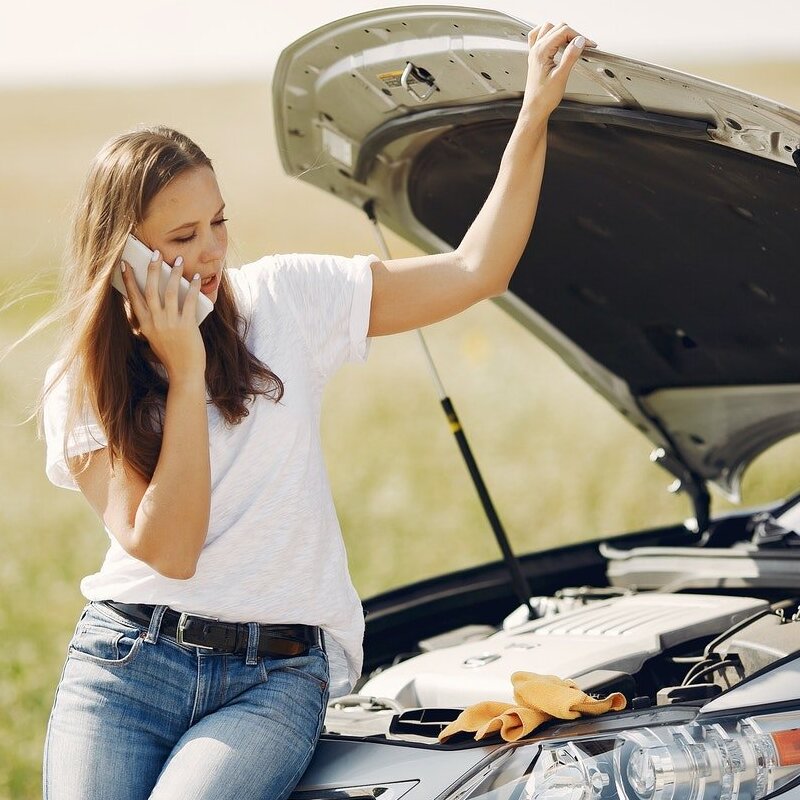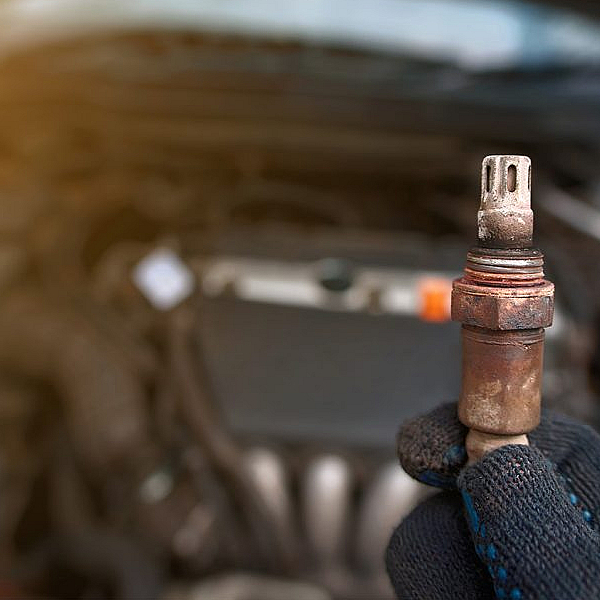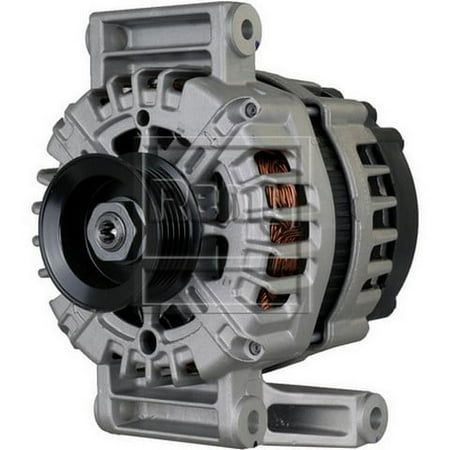Introduction to Engine Stalling
When your car engine stalls, it stops running. This can happen while driving or when starting. Engine stalling might mean a brief hiccup in your car’s performance. Or, it can signal a larger failure. Understanding what is engine stalling is key to finding a solution.

Engine stalling can be sudden and unexpected. It often causes the car to lose power. This loss of power can affect steering and braking. Engine stalling is not just annoying. It can be a serious safety issue.
Below, we will look at why engines stall. We will consider common causes and how to fix them. Our goal is to help you diagnose and prevent engine stalling. We will cover fuel issues, ignition problems, sensor errors, and idle speed concerns. With the right knowledge and tools, you can address stalling issues and keep your car running smoothly.
Common Causes of Engine Stalling
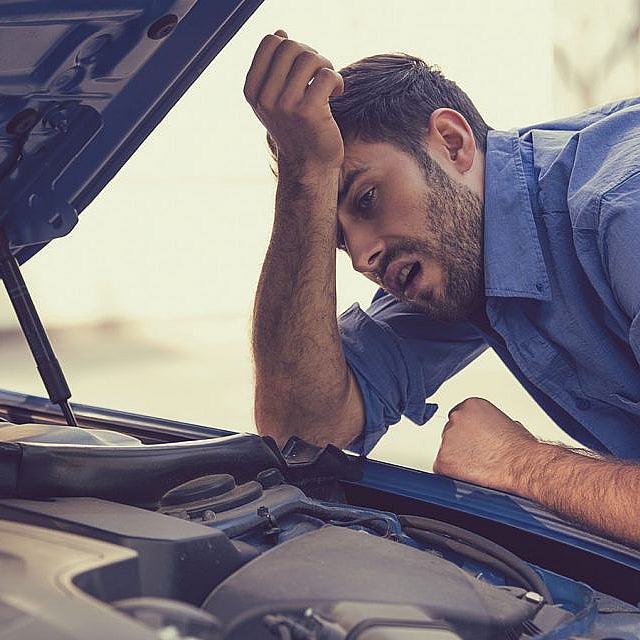
Identifying the root of engine stalling is crucial to solve the issue efficiently. Here’s a rundown of typical triggers for stalling engines.
Inadequate Fuel Supply
An engine without enough fuel can’t maintain operation. Causes range from a simple empty tank to blocked fuel filters or faulty fuel pumps. Dirty fuel injectors also restrict fuel delivery, leading to stalling.
Ignition System Issues
The ignition system sparks the fuel-air mix in your engine. Problems with spark plugs, ignition wires, or coil packs disrupt this. The result is an engine that stalls or struggles to run.
Sensor and Computer Problems
Modern cars depend on sensors to monitor engine performance. Faulty sensors send incorrect data to the car’s computer. This throws off engine timing and leads to stalling. Common culprits are the mass airflow sensor and the oxygen sensor.
Idle Speed Concerns
Every engine has an ideal idle speed. If the idle control valve or system is off, the engine may stall. This is often noticeable when you’re stopped at a light or in traffic.
Step-by-Step Guide to Diagnose Stalling Issues
Diagnosing engine stalling might seem daunting, but a structured approach can help. Follow these steps to find and fix the problem with your car’s engine. Simple steps often lead to solving complex issues.
- Check the Fuel Level: Start with the basics. Ensure your car has enough gas. If your tank is full, move to the next step.
- Inspect the Fuel System: Look for signs of blockage or damage in the fuel filter, fuel pump, and fuel injectors. Clean or replace parts as necessary.
- Examine the Ignition System: Test spark plugs, wires, and coil packs. Replace any components that show wear or damage.
- Evaluate Sensors: Use a diagnostic scanner to check for error codes. Pay extra attention to the mass airflow and oxygen sensors. Incorrect readings often lead to stalling.
- Idle Speed Check: If your car stalls at idle, inspect the idle control valve. Adjust or clean it to ensure proper idle speed.
- Battery and Charging System Test: A weak battery or faulty alternator can cause stalling. Test both to confirm they are working well.
- Look for Vacuum Leaks: Listen for hissing sounds or use a smoke machine to detect leaks. Fix any that you find to prevent air-fuel imbalance.
- Examine the Exhaust System: Blockages in the exhaust can back up pressure and stall the engine. Make sure the exhaust is clear.
Progress methodically through these steps. Address each potential cause of what is engine stalling. This systematic approach helps narrow down the issue. Repeat or combine steps if needed. Keep notes of what you check. This record can be useful for future troubleshooting or if you seek professional help.
Maintenance Tips to Prevent Engine Stalling
To avoid the inconvenience of engine stalling, regular maintenance is key.
Regular Fuel System Checks
Conduct routine inspections of your fuel system. Check your fuel levels often. Replace fuel filters as suggested by your car’s manual. Clean fuel injectors to ensure a smooth fuel flow. This keeps your engine running without hiccups.
Ignition System Maintenance
Keep your ignition system in check. Replace spark plugs and wires based on manufacturer recommendations. Regularly test your coil packs. This ensures a strong spark for combustion.
Sensor Functionality and Replacement
Monitor your car’s sensor health. Use a diagnostic scanner to catch issues early. Replace mass airflow and oxygen sensors when they fail. Keeping sensors in good condition prevents misreadings that stall engines.
Advanced Troubleshooting for Persistent Stalling Problems
Even with regular maintenance, some engine stalling issues can be stubborn. Advanced troubleshooting may be necessary if the basic steps don’t resolve the stalling. This can involve a deeper analysis of engine components. Here are some advanced tactics to tackle persistent stalling issues:
- Examine the Electrical System: Complex issues often reside in the electrical system. Inspect wiring harnesses and connectors for corrosion or damage. Poor electrical connections can lead to erratic engine behavior.
- Check the Engine Timing: Incorrect timing can cause stalling. This could be due to a slipped timing belt or chain. Ensure the timing components are in good shape and properly aligned.
- Analyze the Fuel Pressure: An accurate fuel pressure gauge will tell you if the pressure is within the right range. Low pressure might indicate a failing fuel pump or a problem with the pressure regulator.
- Inspect the EGR Valve: The Exhaust Gas Recirculation (EGR) valve helps reduce emissions. If it’s stuck open or clogged, it can cause the engine to stall. Clean or replace it as necessary.
- Consider the PCV Valve: The Positive Crankcase Ventilation (PCV) valve controls emissions as well. A malfunctioning PCV valve can create an incorrect air-fuel mix, leading to stalling.
- Perform a Compression Test: Low compression in any of the cylinders can result in stalling. A compression test can reveal issues with the engine’s internal components, like valves and piston rings.
- Inspect for Overheating: Engines that run too hot may stall. Verify the cooling system is working correctly. Look for leaks, check the thermostat, and ensure the coolant is clean.
By delving into these advanced troubleshooting areas, you can further narrow down the cause of what is engine stalling. It’s important to address these issues promptly to avoid potential damage to your engine.
When to Seek Professional Help
Sometimes, despite your best efforts, car issues are too complex to handle on your own. If you’ve exhausted the troubleshooting steps and maintenance tips without success, it may be time to seek professional help. Here are situations when you should consider taking your car to a mechanic or dealership:
- Persistent Stalling: If your car continues to stall after you’ve gone through the diagnosis and repair process, a deeper issue may be at play. Professionals can provide more advanced diagnostic tools and expertise.
- Complex Electronic Problems: Today’s vehicles have intricate electronic systems. If you suspect the stalling is related to electronics but you can’t pinpoint the problem, a skilled technician can help.
- No Error Codes: If your diagnostic scanner shows no error codes and you’re still experiencing stalling, this could indicate a more sophisticated problem that requires specialized knowledge.
- Safety Concerns: Engine stalls can be dangerous, especially if they occur while driving. Prioritize your safety by consulting a professional if you’re ever in doubt.
- Warranty Coverage: If your car is under warranty, it’s best to let authorized service centers handle the repairs. This ensures that any work done doesn’t void your warranty.
Recognizing when to get professional help is as important as understanding what is engine stalling. It can save you time and prevent further damage to your vehicle. When in doubt, trust the experts to get your car running smoothly and safely again.
